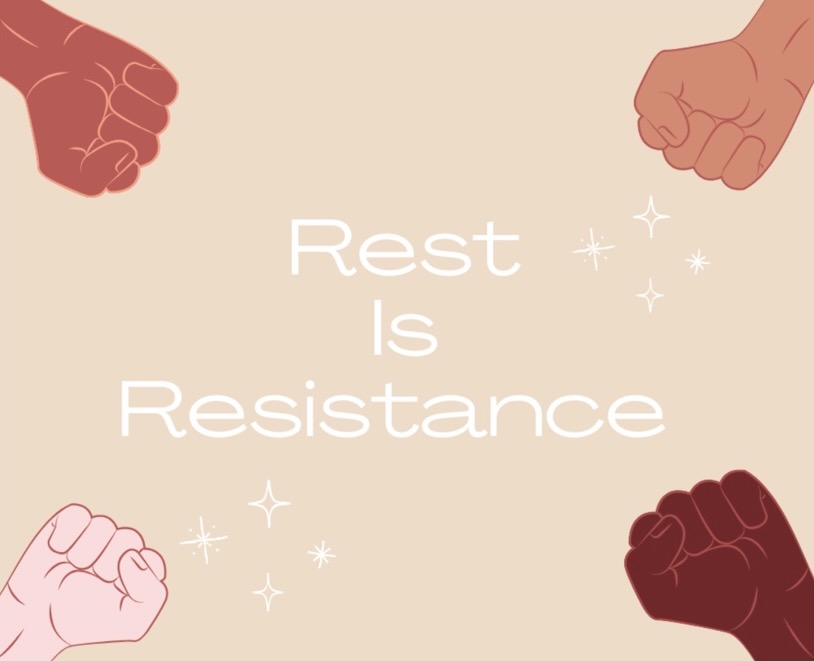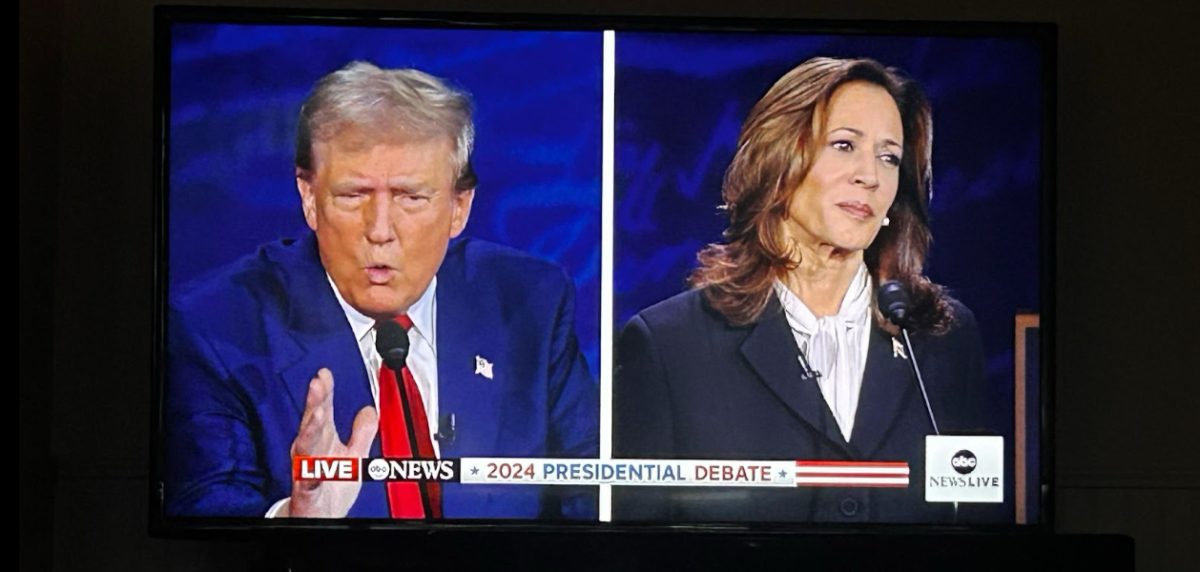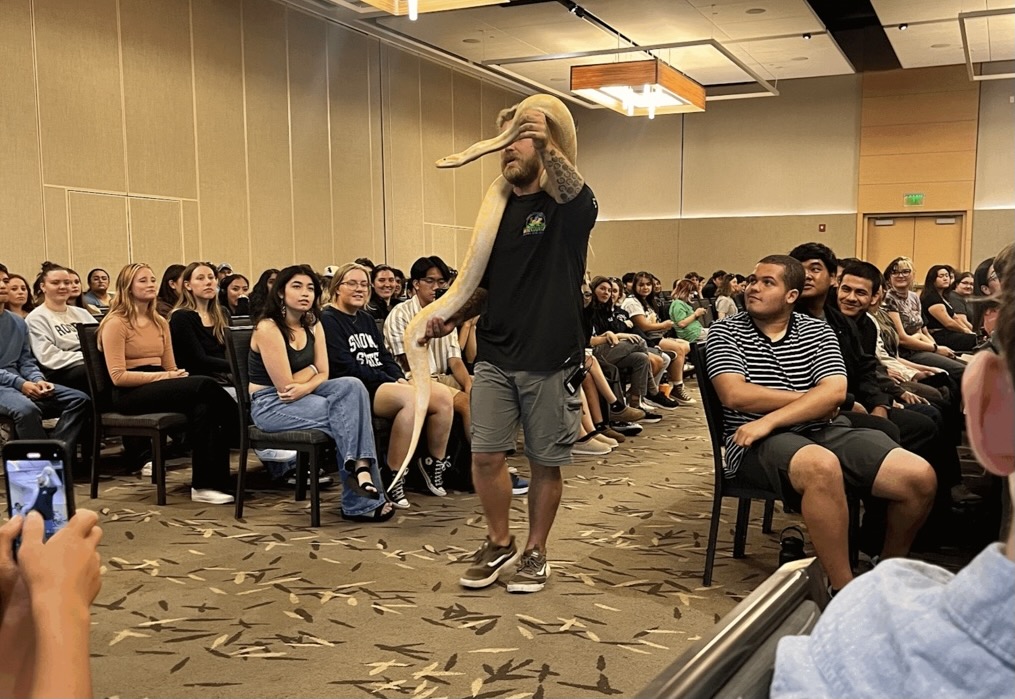This past Christmas marked the return of Peter Jackson to Middle-Earth with “The Hobbit: An Unexpected Journey,” and J.R.R. Tolkien fans all over the world rejoiced.
Almost a decade after the last “Lord of the Rings” film was released, “The Hobbit” was delayed in the development phase for several years before finally being able to grace the silver screen.
For his adaptation of Tolkien’s 1937 novel “The Hobbit,” Peter Jackson made the controversial decision to expand the 310-page book into 3 feature-length films, starting with “An Unexpected Journey,” which certainly threw some fans for a loop.
After watching the first five minutes you would never suspect anything was amiss as you are once again plunged into the magical world of Hobbits, goblins and wizards.
However, those familiar with the books found themselves scratching their heads with some additions to the film, and found themselves asking if these choices were truly necessary.
How can roughly 8 hours worth of movies be milked from a single novel? Keep in mind this is Peter Jackson we’re talking about, the king of movies that have extended editions and several different endings; He’ll find a way. And find a way he does, taking material from the Appendices found in the back of “The Return of the King” novel. Not every addition was a homerun, but it certainly did expand the Middle-Earth movie lore.
“An Unexpected Journey” focuses on the first six chapters of the novel, as we’re re-introduced to calm and quiet Bilbo Baggins (Martin Freeman) of the Shire some 60 years before events in “The Lord of the Rings.”
Gandalf (Ian McKellen) tricks Bilbo into becoming the thirteenth member of a company of Dwarves, as they attempt to reclaim the Lonely Mountain that was taken from them by Smaug the dragon.
Along the way we meet several different characters of Middle-Earth, not all of which originally in the novel.
The goofy wizard Radagast the Brown, who is only mentioned by name in “The Hobbit” and given a very small backstory in the Appendices, makes an appearance as the Jar Jar Binks of Middle-Earth on his rabbit sled. While he did serve as some comic relief, his character felt far too cheesy and stood out like a sore thumb.
Azog the Goblin (The Pale Orc) was another character mentioned in the novel, yet had a prominent role as an antagonist in the film.
Just the mere presence of his battle-scarred body brought down the somewhat lighthearted tone of the novel for one much darker first seen in Jackson’s original trilogy (even the dwarves felt less friendly than they are in the book).
The introduction of his character was needed for the overall flow of the story however, because there aren’t many notable antagonists in the first six chapters of the book besides Gollum and the Goblin King. Azog hunting down the party of dwarves felt like it kept things in motion and didn’t have the main characters staying put in one place for too long.
While the book will always be better than the movie, it will be interesting to see where Peter Jackson takes us in these next two films.
Obviously the tone will be darker going forward and we will most likely be seeing more lesser-known characters and history being infused, but at the same time it’s exciting because it will keep us on our toes.
You read the book and think you know what’s going to happen next? Think again!
In the end most of Peter Jackson’s additions to “The Hobbit” were entertaining and enjoyable in that they elaborated on characters Tolkien merely mentioned, even if they were entirely unnecessary.
































